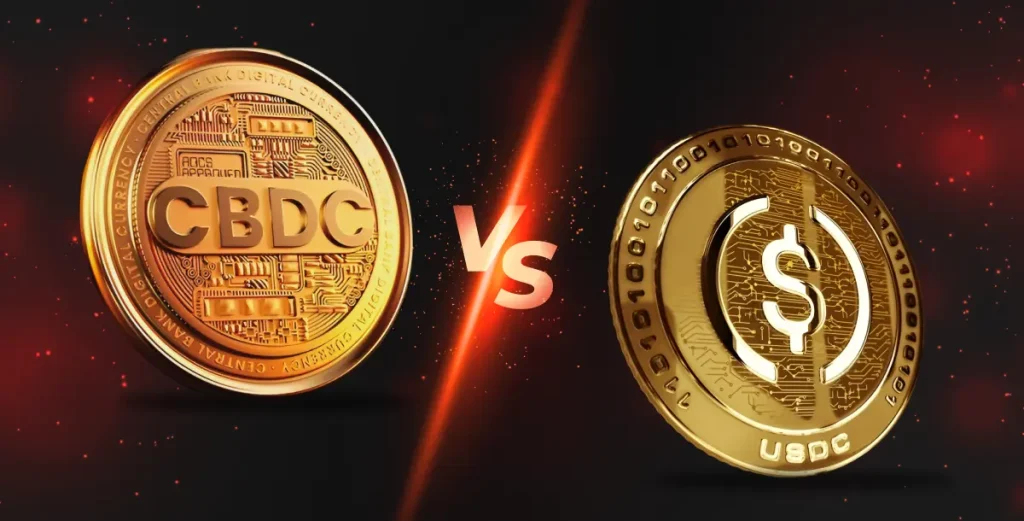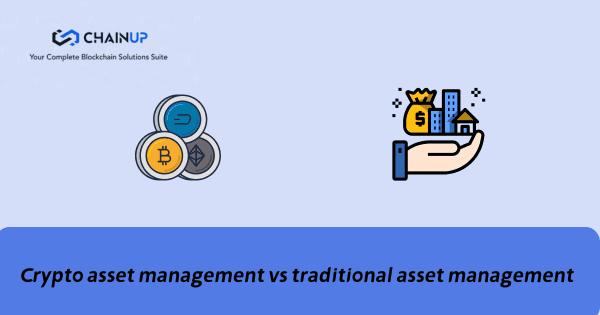Crypto Credit Card vs. Crypto Debit Card: What’s the Difference?

The digital payments landscape continues evolving as businesses seek new ways to integrate cryptocurrency into their operations. For B2B organizations considering crypto payment solutions, understanding the distinction between crypto credit cards and crypto debit cards becomes crucial for making informed infrastructure decisions. Both card types enable crypto transactions, but they serve fundamentally different purposes and […]
Stablecoins vs CBDCs: What’s the Difference?

The digital money revolution is creating two distinct paths forward. On one side, private companies issue stablecoins backed by traditional assets. On the other hand, central banks develop their own digital currencies, known as Central Bank Digital Currencies (CBDCs), with sovereign backing. Both stablecoins and CBDCs promise faster payments, lower costs, and increased financial inclusion. […]
Liquid Staking vs. Traditional Staking: Key Differences Explained

As Ethereum and other proof-of-stake (PoS) networks mature, staking has become a core part of institutional crypto strategy—enabling passive yield, network participation, and capital efficiency. You now have: Traditional staking: Lock tokens, secure the network, earn rewards—but lose liquidity. Liquid staking: Stake while keeping a tokenized receipt you can use in DeFi or trade freely. […]
What’s the Difference Between KYC and KYT in Crypto Compliance?

As the cryptocurrency market grows, regulatory compliance has become increasingly critical for both businesses and users. Two terms often encountered in the realm of crypto compliance are KYC (Know Your Customer) and KYT (Know Your Transaction). While both processes aim to enhance security and prevent illicit activity, they serve distinct functions. Understanding the difference between […]
What is the difference between crypto asset management and traditional asset management

Managing Digital vs. Traditional Assets: What You Need to Know Managing financial assets effectively is critical for businesses, investors, and institutions, but the game is changing. The rise of digital assets is reshaping investment strategies, creating new opportunities—and risks—that traditional finance has never encountered. Crypto asset management is no longer a niche interest; it’s becoming […]
Network Tokens vs. Company-Backed Tokens: A Defining Distinction in Digital Assets

The rapid expansion of digital assets has created new opportunities—and new regulatory challenges—for businesses, investors, and developers in Web3. At the core of this evolving landscape is a fundamental distinction: network tokens vs. company-backed tokens. Understanding this difference is not just theoretical—it determines how tokens are classified, how they function in the market, and how […]
